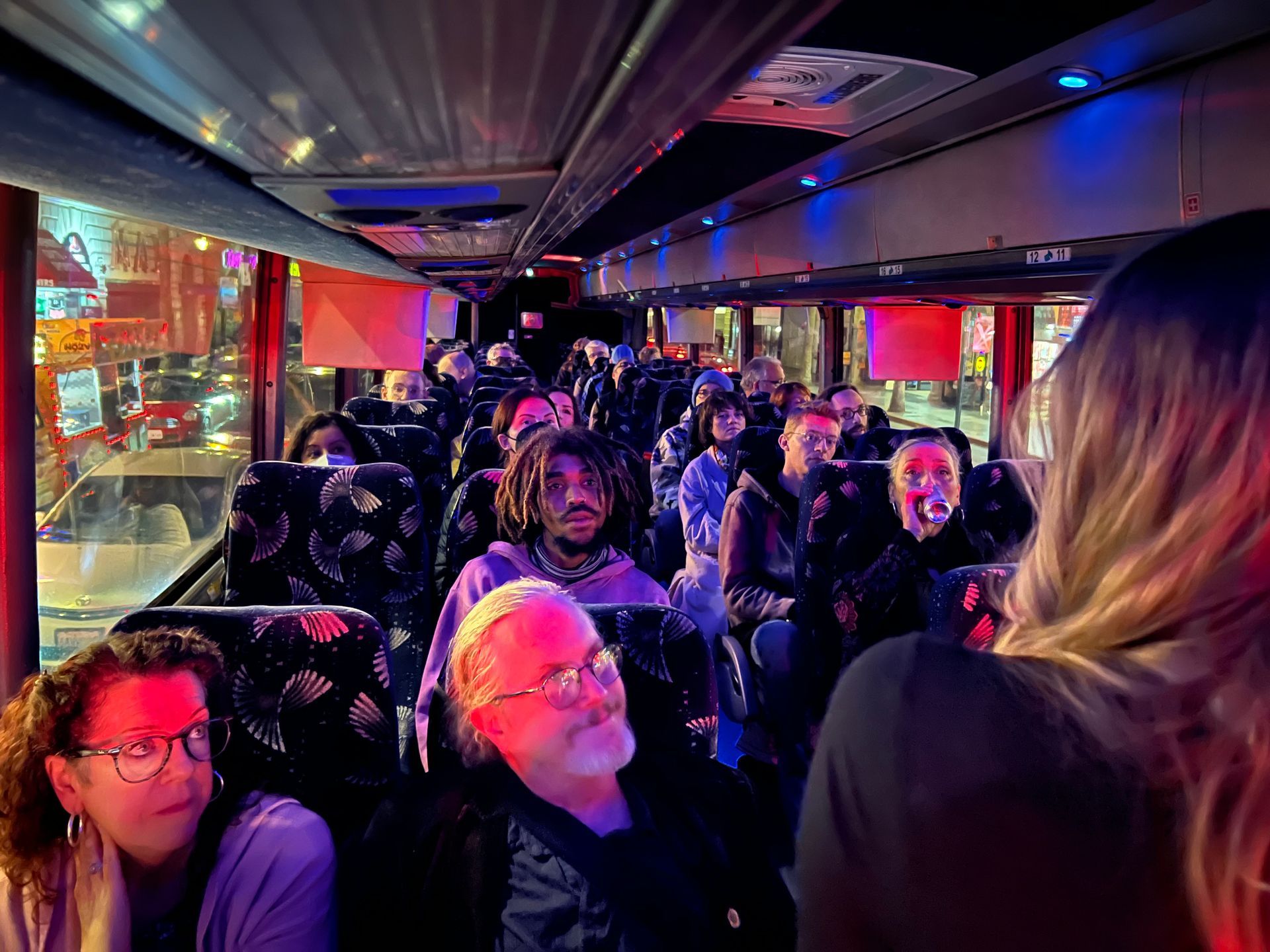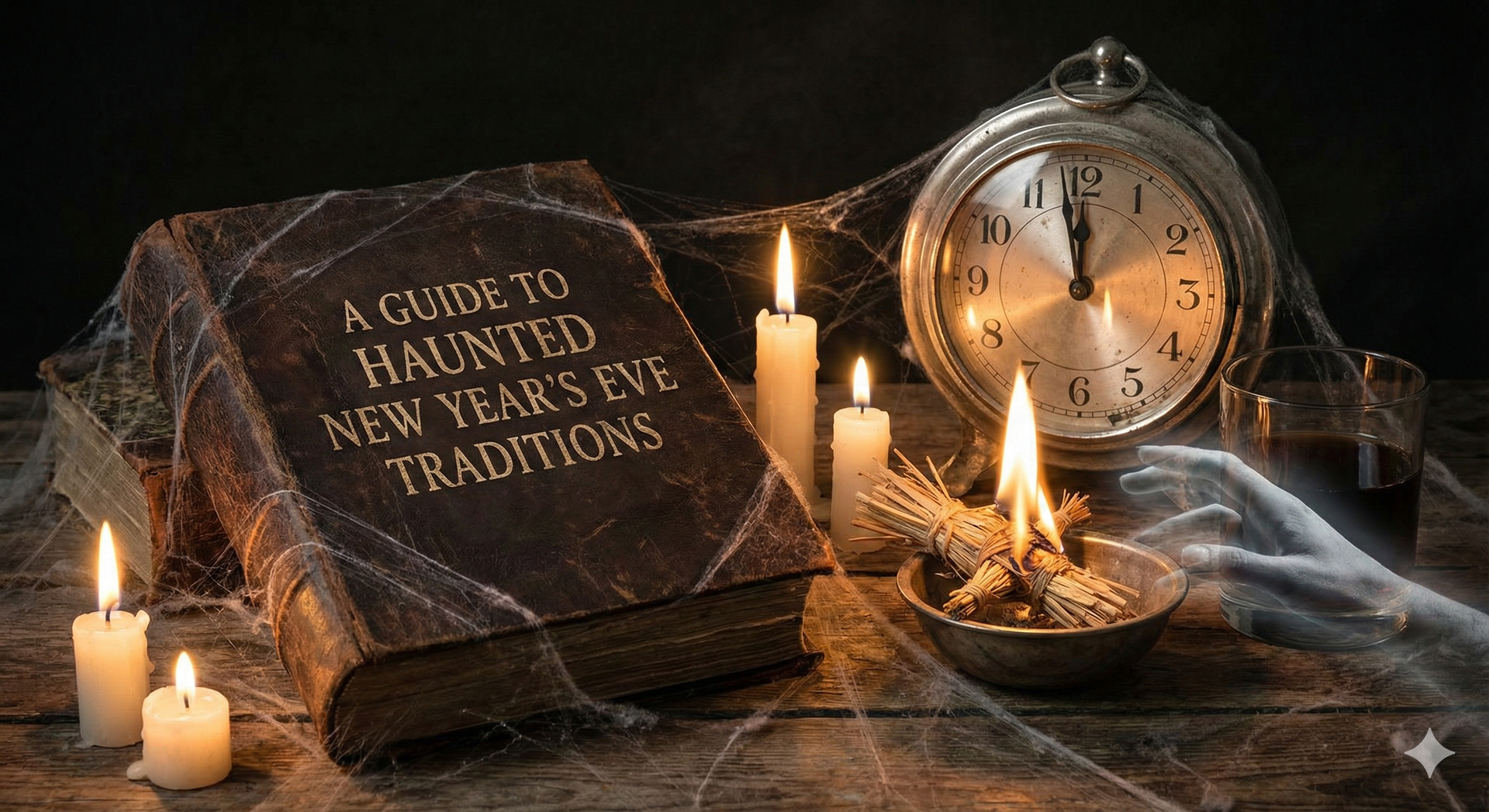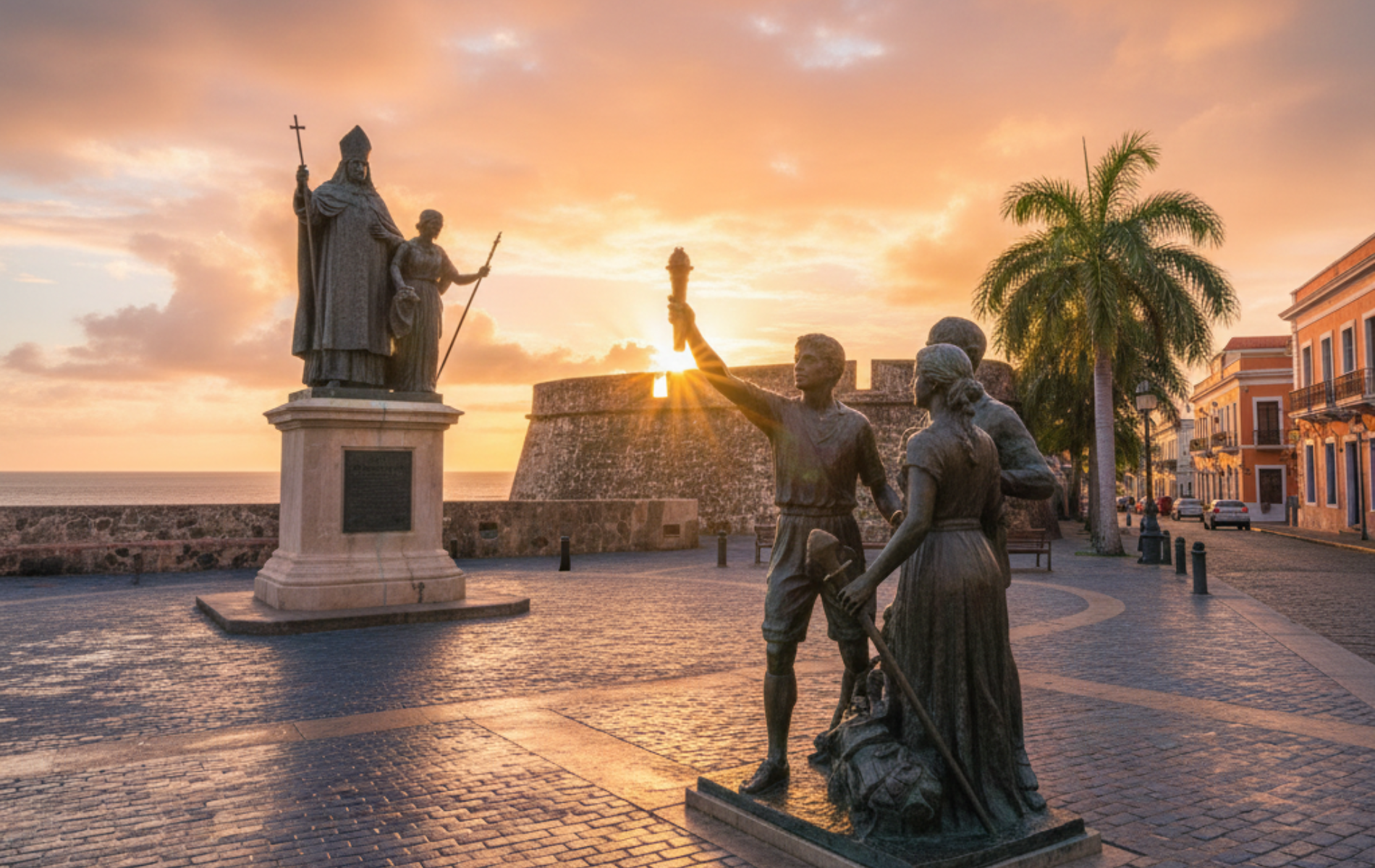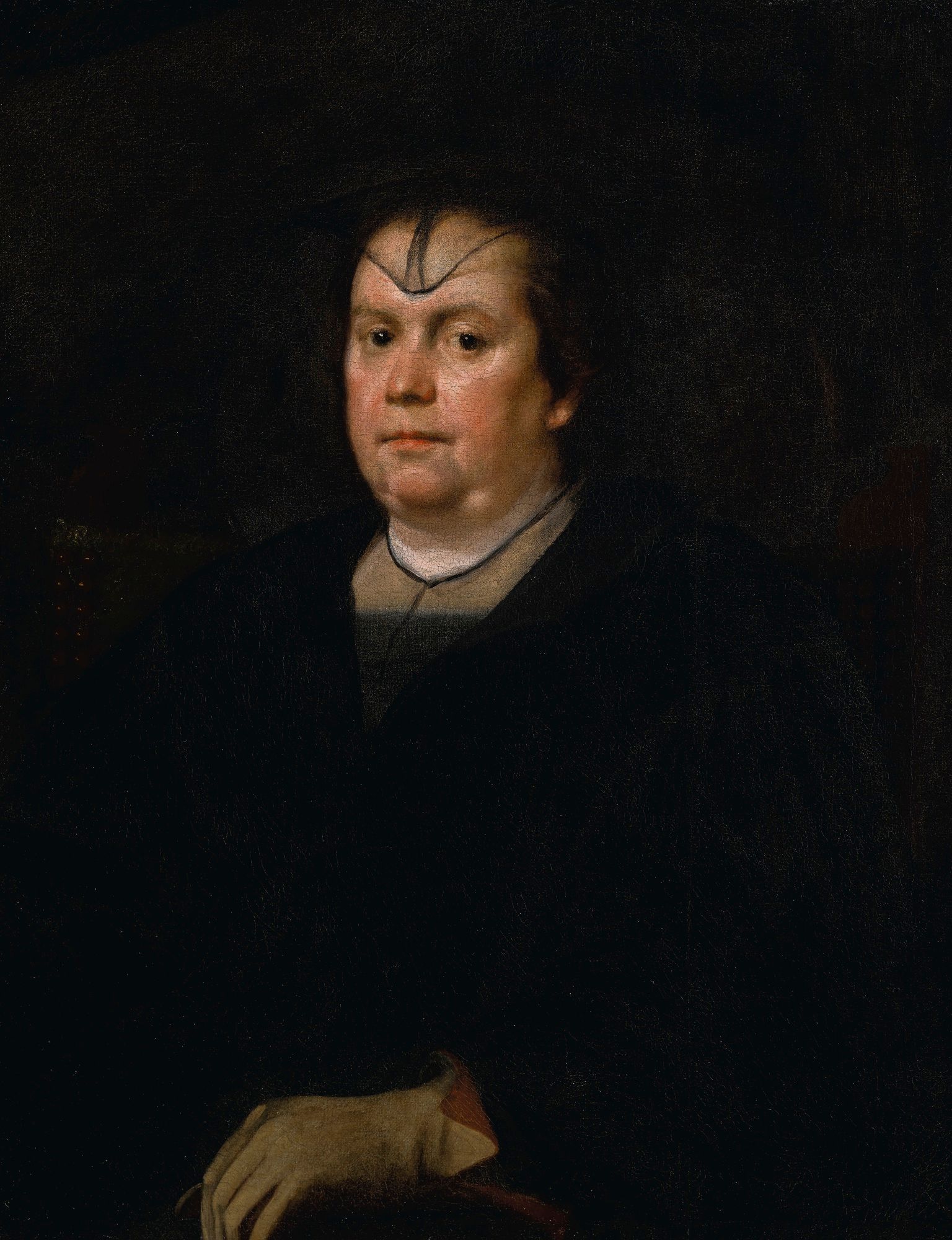Elizabeth Short, The Black Dahlia
The Tormented Existence of Elizabeth Short
Elizabeth Short, infamously known as The Black Dahlia, was a woman whose life was marred with tragedy and despair. Born in Boston in 1924, she tasted the bitterness of heartbreak early on when her father committed suicide after losing his business in the Great Depression, leaving her mother to shoulder the burden of raising Betty and her siblings.
In her teen years, Betty was plagued by severe bronchitis and asthma, conditions so debilitating that they required lung surgery. Then in 1942, Short’s life was once again turned upside down when her mother received a letter from her supposedly deceased father. He wasn’t dead after all but had instead chosen to abandon his family and start a new life in California.
A Harrowing Journey to California
When Betty turns 18, she moves out to the West Coast to join her father’s new life, but once she leaves home, bad luck seems to follow right behind. She moves out of her father’s home just a few weeks after moving in because of their constant fighting. You can imagine there’s some tension there between the young woman and the father who pretended to die so he didn’t have to raise her.
Once she leaves him, she gets a job at Camp Cooke, now Vandenberg Air Force Base. There she soon meets an officer and moves in with him. But that doesn’t last, and before too long she moves out, claiming he abused her. Right after leaving him, she gets arrested in Santa Barbara for underage drinking and then escapes to Miami, Florida. Things seem to be looking up for her there when she meets another Air Force officer, and this one proposes to her.
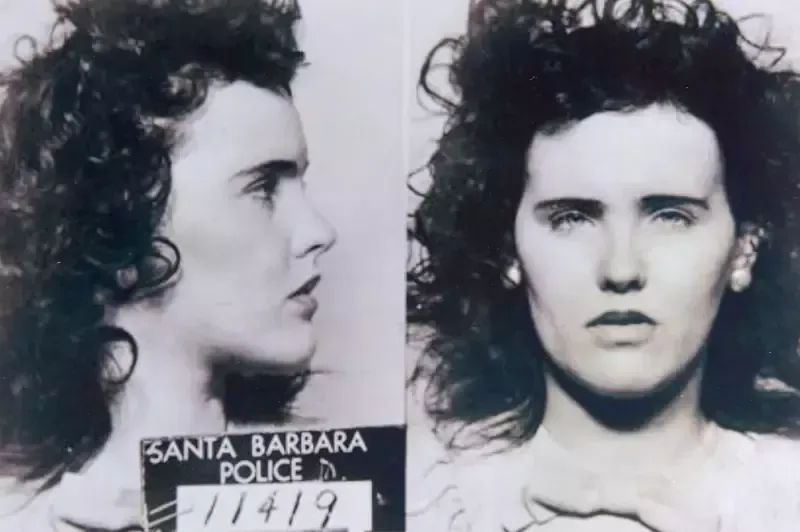
This should be it, her happy ending after a string of bad luck and worse men. But her Air Force officer fiancée dies in a plane crash in August of 1945, a few days before the end of the war. Elizabeth is once again on her own.
The Final Days and Eerie Disappearance
Short moved back to Southern California in mid-1946 because one of her friends from Florida had transferred to the naval base in Long Beach. Hardboiled detective writer Raymond Chandler had written a film called *The Blue Dahlia,* which came out in April of 1946, and patrons of a Long Beach soda shop that she frequented started playfully calling her “The Black Dahlia” because of her dyed black hair as well as her penchant for black clothing.
Her days in Southern California were lean. In the final months of her life, Elizabeth Short led a transient lifestyle, frequently moving between hotels, apartments, boarding houses, and private homes in Southern California. She often managed to stay for free or paid as little as possible when she couldn't. She was always short of money. For a month, she shared a small two-bedroom apartment in Hollywood with eight other young women. Despite the low rent, she couldn't afford even this and would sneak out to avoid the manager when rent was due.
Short was known to be elusive, preferring the company of strangers over close friends. The last person to see her alive was Robert Manley, a married salesman who gave her a ride from San Diego to Los Angeles. At the time, she was staying with a family who had taken pity on her but who had grown tired of her habits and asked her to leave. Manley came to pick her up. He later recounted how she slept in her clothes at a motel and how they did not have sex. He helped her check her luggage at the bus station the next day, and she told him she was going to Berkeley to stay with her sister. After accompanying her into the hotel lobby of the Biltmore, he left her at 6:30 p.m. on January 9th, 1947, to return to his family in San Diego.
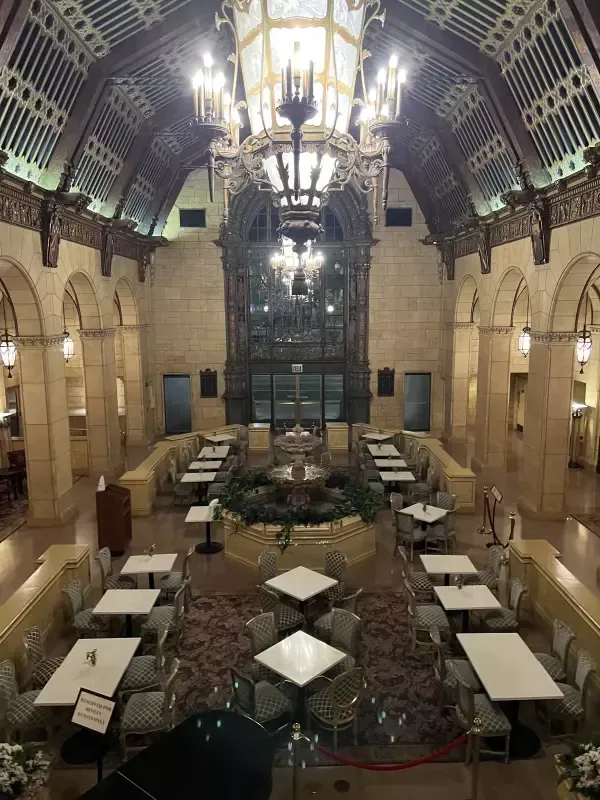
Short was last seen making frantic phone calls from the Biltmore Hotel. A car came and picked her up and according to some, either stops by the Crown Grill a few blocks down or the bar at the Cecil Hotel. Both of those are heavily disputed, unlike at the Biltmore, where employees have verified seeing her use the bank of phones in what is now called The Rendezvous Room. But after she gets in that car, no one sees her alive again.
The Macabre Discovery and Investigation
It was on January 15th, 1947, that Elizabeth Short’s mutilated corpse was found abandoned in a field in the West Adams neighborhood. Her body was horrifically mutilated, her face cut in a terrible smile from ear to ear and horrifically, she was chopped in half with surgical precision and her body cleaned with gasoline that wiped away any fingerprints.
Of course, this became a national true crime sensation and there was a tremendous amount of investigation, questioning of witnesses and suspects, etc… but nothing ever came of it. . And indeed, the original name for the crime was “The Werewolf Murder” because of how her body was so mutilated, but using her nickname, they later started calling it the “Black Dahlia Murder”
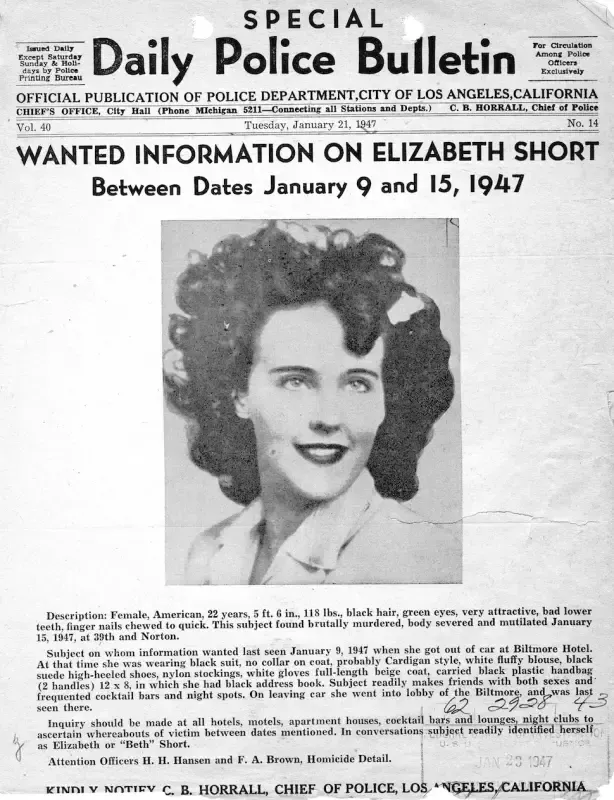
The case attracted widespread media attention and speculation, leading to a flood of tips and alleged confessions, most of which turned out to be hoaxes. A few days after the murder, police received a call from someone purporting to be her killer that they'd be receiving some souvenirs from her soon. Indeed, a package was received by the Los Angeles Examiner that had her birth certificate, photos, and an address book with a cover embossed with the name of a local nightclub owner, one of her acquaintances. A handbag and a single woman's shoe were found two miles from the crime scene cleaned with gasoline as well. It seemed like the killer wanted to taunt the police into catching him. Or someone wanted to frame the local nightclub owner. But nothing came of any of these clues.
Over the years, many theories have been proposed, implicating various individuals, including prominent doctors, lovers, and even Elizabeth's own father. But no concrete evidence has ever been found to conclusively solve the case. The police even investigated the students from USC Med School because of the nature of her incisions, but nothing came of any of it.
The Ghost of the Black Dahlia: A Haunting Presence
An employee of the Biltmore in the 1990s named James Moore got in the elevator, and someone was already in there. A pretty woman dressed all in black, but never looking up. When the elevator stopped on the sixth floor, he expected her to get out. He even told her what floor it was. As the woman rushed past him, he felt a cold chill. When she got out, she stopped and looked back at him as if she was going to ask for help, but she never spoke. He pressed the button to reopen the elevator, but when he got out, there was no one there. Later on, when he looked at a book of Los Angeles mysteries, he recognized the face of the Black Dahlia as the same one he saw in the elevator.
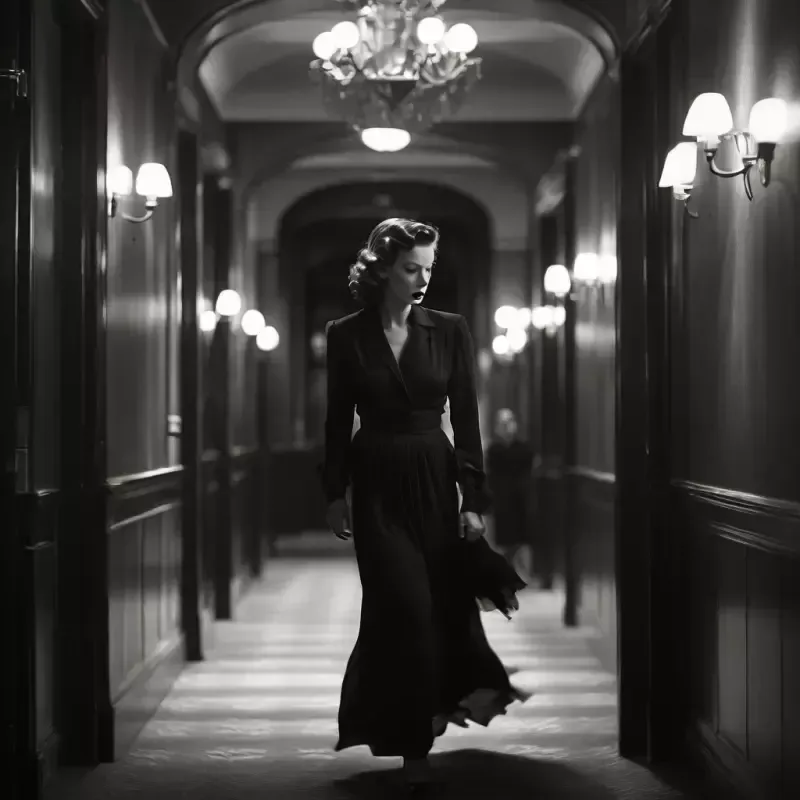
Since then, numerous reports of sightings of the Black Dahlia have surfaced. Guests and employees have claimed to see her spectral figure in the hotel's lobby and on the 10th and 11th floors. Her ghostly presence is always seen clad in black and never lifting her gaze.
While there have been dozens of theories about the Black Dahlia murder (with the most popular lately being that the killer was Los Angeles doctor George Hodel, as shown by the TV miniseries "I Am The Night"), it remains one of the most infamous cold cases in American history, a grim reminder of a life brutally cut short and a killer who managed to evade justice.
On our Los Angeles Hauntings Ghost Bus tour, we visit the Biltmore Hotel as well as other Hollywood sites where Short used to carouse in real life. Learn more about the Black Dahlia and some of the important places in her life (as well as the afterlife) on our LA Hauntings Ghost Bus Tour, which ventures out every Saturday night at 7 pm.
Find Your Next Paranormal Experience
Hollywood Boulevard Ghost Walk
Hollywood Boulevard Ghost Tour


